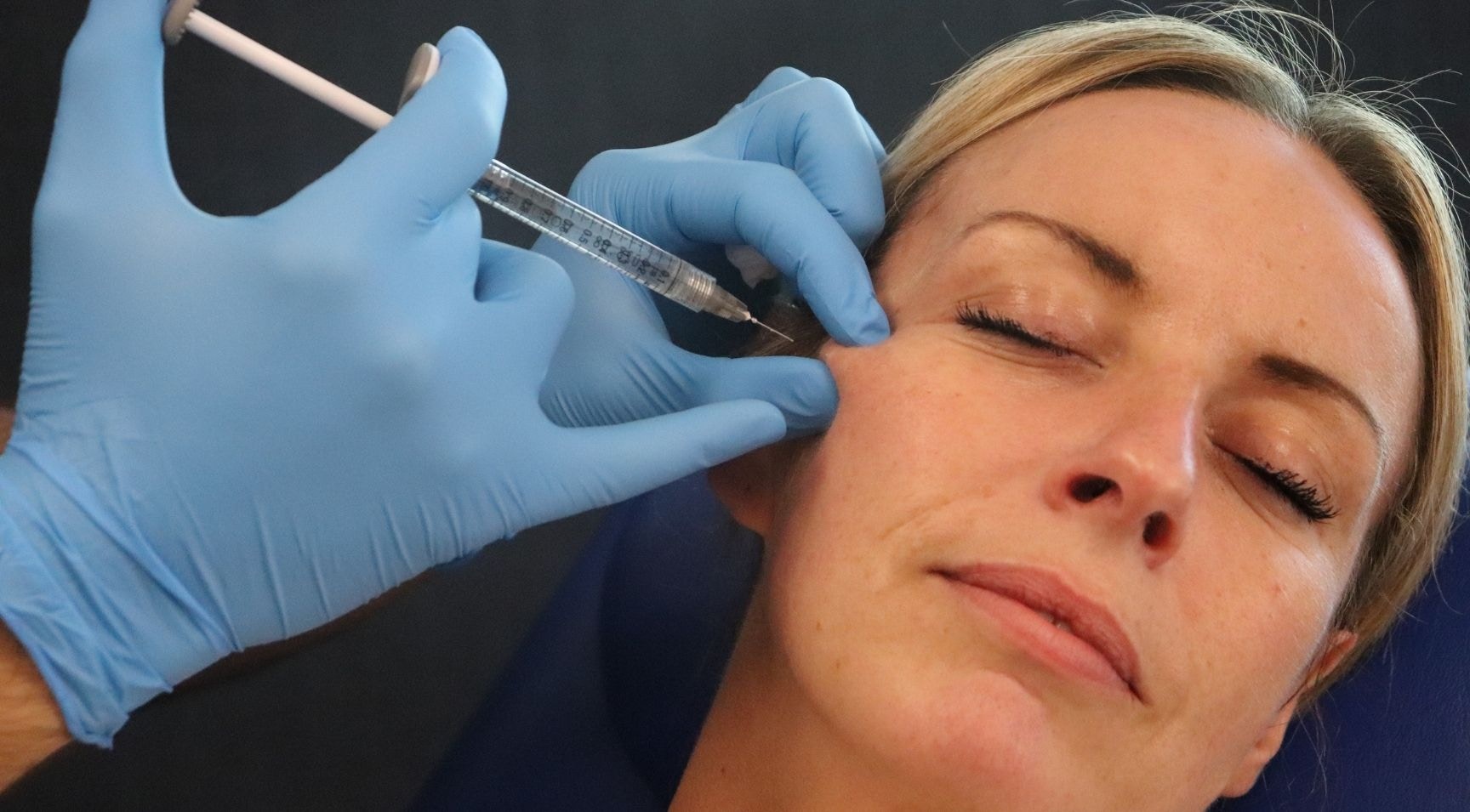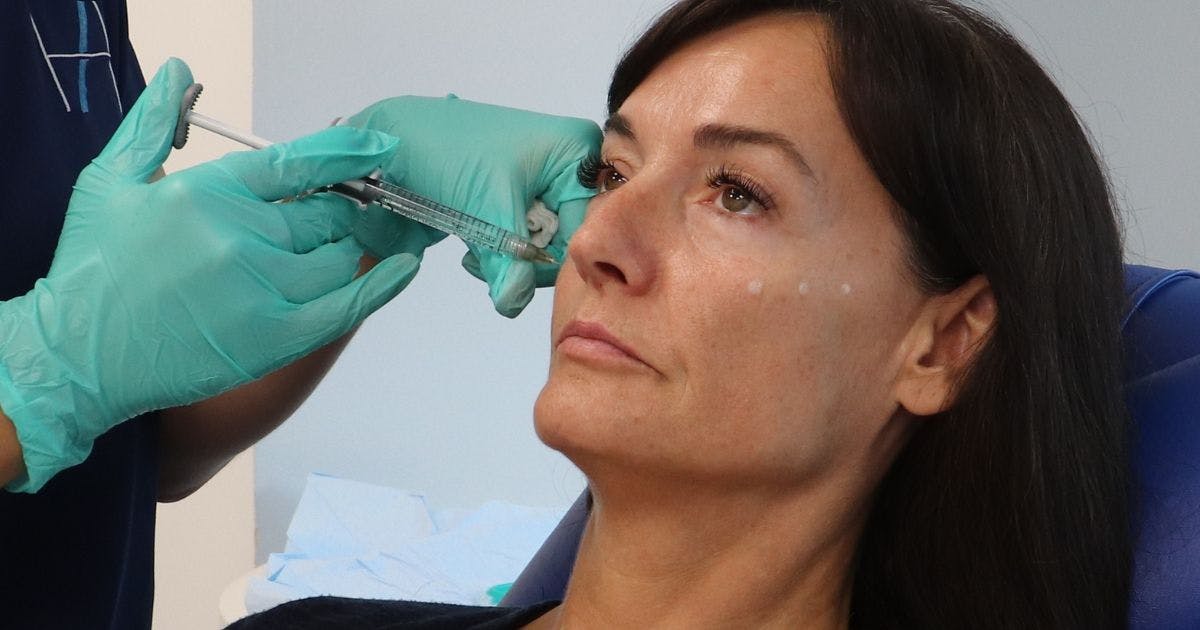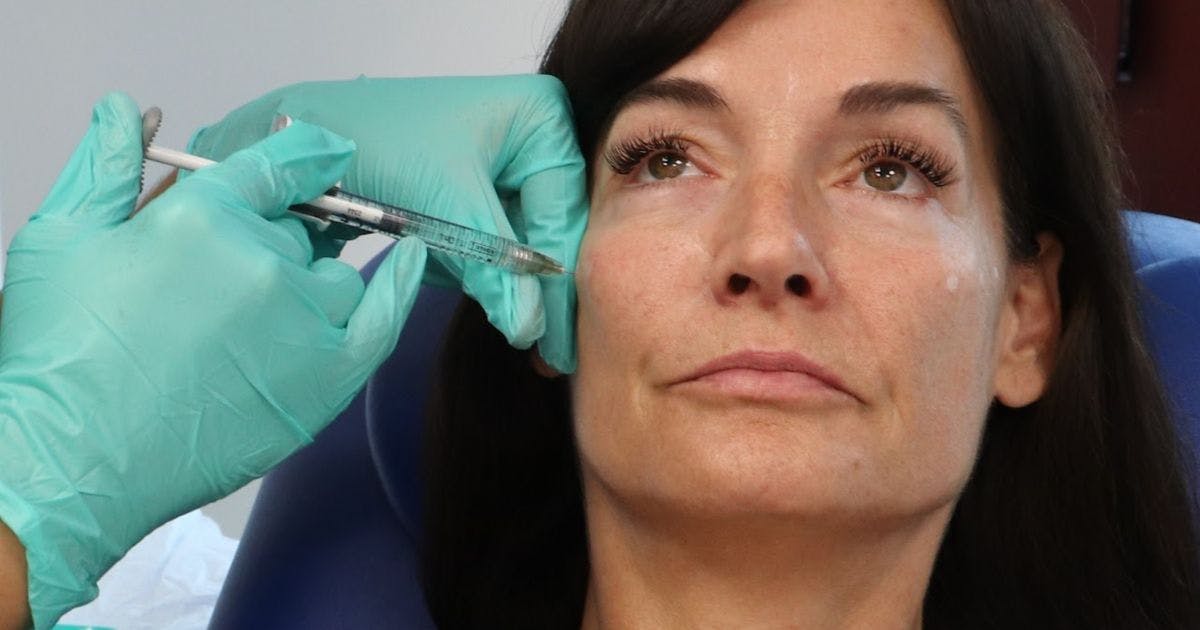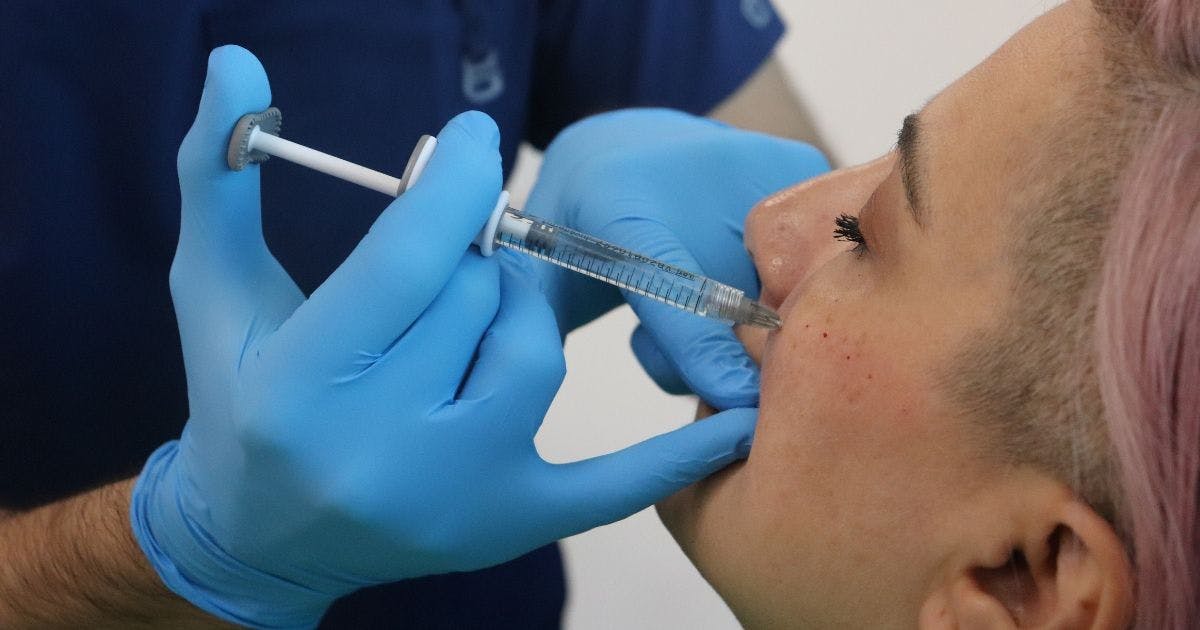How to Avoid Overfilled Cheek Filler Results

Overfilled cheek filler results can create an unnatural aesthetic - the dreaded “pillow face”. Additionally, it can lead to complications.
Clinical trainer and aesthetics specialist, Dr Lindsay Jones, shares her practical advice on how to avoid overfilling in the mid-face.
Why it’s important to avoid overfilling the cheeks
Dr Lindsay comments, “Overfilling of any part of the face is generally considered a poor aesthetic outcome. Due to cheek anatomy, overfilling can impact the appearance of the eyes and mouth. These are the first areas our eyes are drawn to when looking at people's faces.”
She continues that this is something “the patient may notice themselves and become distressed. They may report an overfilled appearance or that their smile looks strange.
“It may also go unnoticed by them and require you to address the overfilling sensitively. This can have an impact on their psychological well-being, as well as on the practitioner-patient relationship through loss of trust.”
“There could also be potential physical impacts. These can include disruption of local lymphatics leading to oedema or neuropraxia from pressure on the local nerve complexes,” Dr Lindsay explains.

How overfilled cheek filler results happen and how to avoid them
“As new aesthetics practitioners, it’s easy to fall into various traps which can result in accidentally overfilling patients.
“Cheek filler is often one of the first treatments that gets taught. So, there’s comfort in doing a treatment that you’re familiar with,” Dr Lindsay highlights.
“However, remember that anatomically the ‘cheeks’ are a large and complex anatomical system, not just limited to the zygomatic bone. Learning more anatomy and aiming to treat wider areas can help prevent overfilling,” she recommends.
Managing your patients’ expectations
Dr Lindsay explains, “Filler in the cheeks and lateral areas of the face can create a ‘lifted’ effect. Many patients will have exaggerated expectations due to the marketing they’re exposed to.
“It can be hard when you’re first starting to say “no” to a patient's treatment and point them in another direction, such as facelift surgery. I would encourage you to get comfortable early on with these conversations. Our patients deserve them and are most often grateful for our candour!
“Remember that you are not offering a menu-style service. You’re offering a treatment recommendation that may also include no treatment”, she advises.
Tailor every cheek filler treatment to your patient’s needs
“Knowing your product rheology and manufacturer recommendations is important but always treat your patients as individuals,” Dr Lindsay states.
She continues, “A manufacturer may very well state that the average time to break down their cheek filler product is 12 months. However, we’re increasingly seeing studies that demonstrate a greater longevity of products.
“Only administer a treatment if on assesment and after discussion it would be beneficial, not just because it’s been 12 months since the last one. This again links in with having open discussions with your patients about expectations.”
Managing patients with overfilled cheek filler results
Dr Lindsay discusses what to do if you’re approached to treat a patient previously treated by another injector, and who’s unhappy with their results.
“Patients may come to you after having treatments elsewhere. I would recommend avoiding injecting over someone else’s work for at least six months. This allows time for any initial complications to manifest themselves”, she points out.
“Once you start injecting a patient, they become your responsibility. Likewise, I’d be wary of a patient who is going to multiple aesthetics practitioners as it could be that they’ve been turned down due to unsuitability for treatments”, she warns.

Cheek filler techniques to avoid overfilling cheeks
Dr Lindsay notes, “In addition to simply injecting too much filler, there can be issues with correct product placement. Generally, we are aiming to treat the deep compartments of the face. These are below the superficial musculoaponeurotic system (SMAS), when injecting the zygoma and medial mid-face.
“Overfilling the deep compartments or accidentally injecting the superficial compartments, can both affect the contraction of the musculature of the SMAS. This can alter the appearance of the smile around the eyes or mouth”, Dr Linday warns.
Injecting cheek filler with a needle
“There’s an emerging consensus that when using a needle, the filler can backtrack along the needle tract. This can then lead to inadvertent superficial filler.” Therefore, she recommends “injecting small volumes at a low speed to minimise this phenomenon.”
Furthermore, ensure you are absolutely on the periosteum. Calcified tissues between the layers can be mistaken for the familiar “crunch” sensation of injecting on layer five.”
Administering cheek filler with a cannula
“To treat a larger area with fewer entry points, it’s recommended to use a cannula. This isn’t 100% preventative as you can still accidentally end up superficially in the subdermal layer.
“If you are going to use a cannula, we would always recommend a 25G or 22G. Smaller gauges can act like a needle in the tissues and negate the safety aspects,” Dr Lindsay reports.
What to do if you overfill a patient’s cheeks
Dr Lindsay advises what to do if you’ve overfilled a patient’s cheeks straight after treatment and at the four-week review.
However, before injecting she suggests you “ensure you’ve taken a thorough history including previous treatments. Examine your patient for any pre-existing filler or asymmetry as these will guide your treatment plan.”
A) Straight after treatment
“If you notice an overfilling immediately after treatment, there are a few things to consider.
“A single, noticeable injection point suggests there may be underlying skeletal asymmetry. It can also mean too much filler was injected in a single point. You can manage this directly with a massage,” Dr Lindsay states.
“A single point could be due to swelling from a bruise too. In this case, I would not recommend massaging as it could worsen the bruising. Furthermore, this may result in an asymmetrical result once the bruise has resolved.
“If the cheeks instantly appear overfilled, rule out an allergic reaction before considering if it was the correct treatment choice. Some patients may swell over the first few days and can be reassured that it’s part of the process”, she observes.
B) After their four-week review
Dr Lindsay states, “If at the four-week review, the initial swelling has settled but the patient’s cheeks are still overfilled, you’ll need to discuss options.
“These can include doing nothing and letting the filler dissolve naturally over time, massaging or using heat treatments daily to encourage natural breakdown or considering elective dissolving.
“Dissolving is not without its risks”, Dr Lindsay warns. “Offer it alongside conservative options. It’s best to do an in-person review as the overfilled appearance may be due to another complication such as malar oedema or nodule formation.”

Dr Lindsay’s top tip for avoiding overfilled cheek filler results
“Take your time to do a thorough consultation and examination before having a conversation with your patient. This helps to minimise most complications”, she suggests.
Aesthetic medicine training grounded in safe practice
Dr Lindsay notes the importance of having the understanding required to advise patients appropriately. “At Harley Academy, we offer a Cheek, Mid-Face & Lower Face Masterclass where you can expand your anatomical knowledge and have supervision performing new treatment areas.” Our masterclass is ideal for those looking for specific treatment on the mid and lower face.
Our Level 7 Diploma in Botox & Dermal Fillers is open to doctors, dentists, nurses and clinical pharmacists. An Ofqual-regulated and JCCP-approved course, our Level 7 offers gold-standard medical aesthetics training with the chance to treat your own patients - never sharing! With us you’ll gain in-depth knowledge of administering botox and filler treatments, targeting patients’ concerns and tailoring each treatment.
Interested in finding out more about the aesthetics courses available to you? Book a call with one of our Course Advisors and they’ll assist you in finding the right track for you!
All information correct at time of publication
Download our full prospectus
Browse all our injectables, dermal fillers and cosmetic dermatology courses in one document
By submitting this form, you agree to receive marketing about our products, events, promotions and exclusive content. Consent is not a condition of purchase, and no purchase is necessary. Message frequency varies. View our Privacy Policy and Terms & Conditions
Attend our FREE open evening
If you're not sure which course is right for you, let us help
Join us online or in-person at our free open evening to learn more
Our Partners












STAY INFORMED
Sign up to receive industry news, careers advice, special offers and information on Harley Academy courses and services

